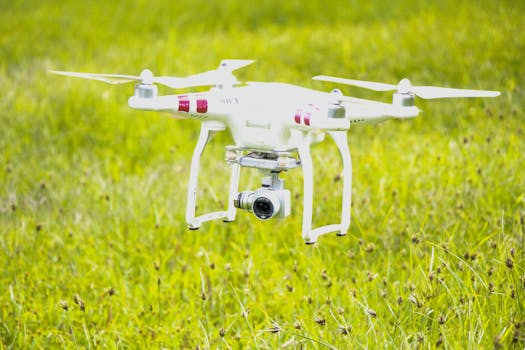Digital Textile Innovations Transform Manufacturing Landscape Completely
The manufacturing industry has been transformed by technological advancements over the years, and the latest innovation to revolutionize the landscape is digital textile printing. Traditional methods of textile manufacturing involving screen printing and rotary printing are being replaced by digital textile printing, which offers a faster, more efficient, and sustainable approach to producing fabrics. With the ongoing global demand for environmentally friendly and customizable products, digital textile innovations have completely transformed the manufacturing landscape. Let’s dive into the details of how digital textile printing has changed the game for manufacturers and what new possibilities it offers for the future.
The Rise of Digital Textile Printing
In the past, the textile printing industry was dominated by labor-intensive methods that required multiple steps, handling hazardous chemicals, and generating a lot of waste. However, with the development of digital printers specifically designed for fabric printing, manufacturers can now produce high-quality prints with minimum labor and waste. These digital printers use inkjet or heat transfer technology to apply ink directly onto the fabric, eliminating the need for screens and plates used in traditional printing methods.
In addition to fast and efficient production, digital printing also offers a wide array of colors and design possibilities. This has opened up a whole new world of opportunities for manufacturers to cater to the growing demand for personalized and customizable products. Digital printing allows for intricate designs, patterns, and photographs to be printed on a wide range of fabrics, including natural and synthetic materials. This has not only expanded the product offerings of textile manufacturers but has also paved the way for small businesses and startups to enter and thrive in the industry.
Sustainability at Its Core
One of the most significant benefits of digital textile printing is its environmentally friendly approach. Unlike traditional methods, digital printing does not use water, has minimal or no use of chemicals, and generates less waste. This not only makes it an eco-friendly option but also reduces manufacturing costs in the long run, making it a win-win situation for both manufacturers and the environment.
The digital textile printing process also allows for more precise color control, resulting in less ink usage, further reducing the environmental impact. Additionally, digital printing allows for on-demand production, reducing the need for excessive inventory and eliminating the risk of overproduction. This helps in minimizing textile waste and making the manufacturing process more sustainable.
The Impact on Businesses
Digital textile printing has completely transformed the way businesses operate within the textile industry. The ability to print on-demand minimizes the need for large-scale production, reducing both time and costs. Additionally, the customization options have opened up new markets for businesses, especially in the home furnishing and fashion industries. Small businesses can now easily enter the market and compete alongside industry giants, without having to face the challenges of traditional printing methods. This has made the industry more diverse, competitive, and accessible for entrepreneurs.
The Future of Digital Textile Printing
With the constant advancements in technology, digital textile printing continues to evolve and innovate. Research and development are being carried out to improve the speed, efficiency, and quality of the printing process. Newer inks, fabrics, and printers are being introduced, expanding the scope of digital printing even further. The incorporation of digital printing with other technologies such as 3D printing and artificial intelligence is also being explored, leading to greater possibilities for the future of textile manufacturing.
The Bottom Line
There is no doubt that digital textile printing has completely transformed the manufacturing landscape, making it more efficient, sustainable, and customer-oriented. The benefits of digital printing can be seen by businesses, the environment, and consumers alike. As technology continues to advance, digital printing will only become more versatile and accessible, opening up new avenues and possibilities for the textile industry. It is safe to say that digital textile innovations have revolutionized the industry and will continue to shape its future.











